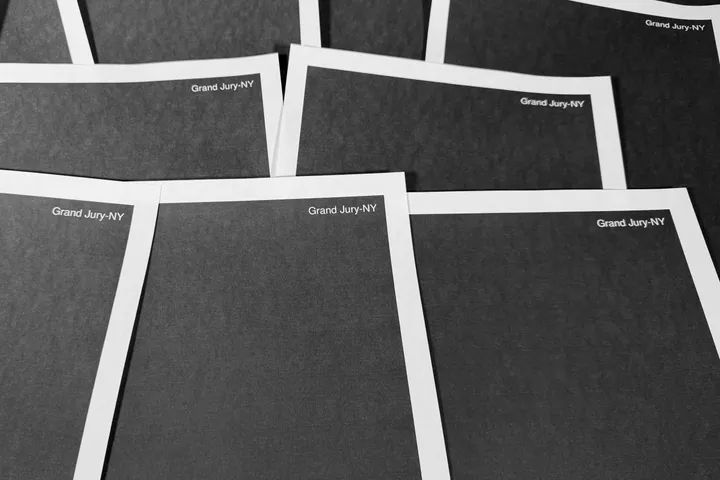Since Israel’s brutal military campaign on Gaza began, Iran’s foreign proxies responded with attacks ranging from cross-border exchanges between Hezbollah and Israel to frequent disruption of Red Sea shipping by Yemen’s Houthis.
Following the Israeli attack on Iran’s consulate in the Syrian capital, Damascus, on April 1, killing seven Iranian nationals, including one top Iranian commander. The incident quickly raised fears of further clashes.
Iran’s approach took a noticeable shift on Sunday when it launched an unprecedented assault of drones and missiles into Israel. It was the first time, despite decades of enmity, that Tehran had launched a direct military attack on Tel Aviv, prompting attention to now focus on Israel’s next steps and how it will decide on further military action.
Tensions between the two have long simmered, with Iran and Israel caught in a shadow war across the Middle East. The former has developed the ‘axis of resistance,’ a network in Lebanon, Syria, Iraq and Yemen, which Tehran typically relies upon as part of its deterrence strategy against Israel.
This network includes Lebanon’s Hezbollah, and the Houthis, whose recent attacks have seen it target Israeli-linked ships, as well as other groups.
Lebanon
In 1982, Iran’s Revolutionary Guards established Hezbollah to fight Israeli forces that invaded Lebanon that year.
The group is considered an influential political player, in addition to its status viewed widely as more powerful than the Lebanese state.
Since early October, there has been heavy exchange of fire — the most intense since a full-scale war in 2006 — between Hezbollah and Israeli forces at the Lebanese-Israeli border. The group says the aim is to stretch the Israeli army thin.
According to Israeli security sources, Israel has killed some 240 Hezbollah militants including top commanders in Lebanon since October 7, while 30 others were killed in Israeli strikes in Syria.
Yemen
The Houthi movement took control of large parts of Yemen, including Sanaa, when civil war broke out in late 2014.
Saudi Arabia, the region's leading Sunni Muslim power, was worried by the growing influence of Shia Iran along its border and intervened in the war in March 2015 in support of the ousted, Saudi-backed government.
Last September, Saudi Arabia hosted Houthi negotiators in Riyadh, showing an interest in backing diplomatic efforts for a peace process and ending the war in Yemen.
On October 31, the Houthis fired drones and missiles towards Israel, and by November expanded by attacking Israeli-owned or Israel-bound ships in the southern Red Sea.
The British and US launched air strikes against Houthi targets in Yemen in January. Although Iran denies involvement, the US says Iran’s Revolutionary Guards have been assisting in planning and carrying out the Houthi missile and drone attacks.
"The Revolutionary Guards have been helping the Houthis with military training (on advanced weapons)," an Iranian insider told Reuters in January.
"A group of Houthi fighters were in Iran last month and were trained in an IRGC base in central Iran to get familiar with the new technology and the use of missiles,” they said adding that Iranian commanders had also travelled to Yemen to set up a command centre in the capital Sanaa for the Red Sea attacks.
Iraq and Syria
An umbrella group of Shia armed factions called Islamic Resistance in Iraq began targeting US forces stationed in Iraq and Syria in October, saying they aimed to respond to Israeli attacks on Palestinians in Gaza and to resist US forces deployed in Iraq and the region.
Members of these Shia armed groups often operate outside the Iraqi military chain of command, receive state salaries, and are under the authority of the prime minister.
Meanwhile, the Syrian government, which is led by regime leader Bashar al-Assad, is also part of the ‘axis of resistance.’ A close ally of Iran for decades, it has, however, not played any direct role in the current conflict.
Forces backed by Iran have been deployed across much of Syria since arriving to aid Assad more than a decade ago in the Syrian civil war.
How effective is Iran’s latest strike?
Some experts say Iran managed to thread the fine line of retaliating publicly for the strike in Damascus while at the same time avoiding provoking further Israeli military action, which could lead to a wider conflict.
“Both (Iran and Israel) are able at this point to claim victory and step down off the precipice, particularly since there were no Israeli civilians killed,” vice president of the Middle East and North Africa Center at the US Institute of Peace, Mona Yacoubian, said.
In an expert comment piece for British think tank Chatham House, Dr Sanam Vakil, Middle East and North Africa Programme director, and Bilal Y. Saab, Middle East and North Africa Programme associate fellow, writes that Iran “demonstrated a more assertive approach” with the strikes, changing “long-established terms of engagement between the two adversarial states.”
“Iran showcased more capability in its attack than its detractors would like to admit. Iran forced Israel, and the United States, to spend more than a billion dollars to counter its attack,” according to the experts.
“That’s not an insignificant outcome, considering that Iran paid roughly one tenth of that to mount its attack. In a fiscally-constrained and politically-charged environment in Washington, increasing US military assistance to Israel is not guaranteed.”
Yet, the experts argue, “None of this suggests that Iran’s attack was a slam dunk,” noting that an unintended consequence is countries such as Jordan and from the West rallying behind Tel Aviv, which was already, “making huge and unforgivable mistakes in Gaza with its collective punishment of the Palestinian people.”
“The region is entering uncharted territory where the previous strategic paradigm and rules of engagement no longer apply,” according to Amal Saad, a lecturer at the UK’s Cardiff University.
"Regardless of what Israel does next, there is no going back to the status quo ante,” Saad said in a post on X. “This is no longer the Iran that just supports resistance movements with weapons and training. This is the Iran that directly engages in strikes against Israel.
As the politics lecturer puts it, “This is a new proactive phase of the Resistance Axis' ‘offensive defence’ strategy, which was officially launched on October 8 when Hezbollah and later other Resistance Axis allies directly intervened in the conflict against Israel.”
























